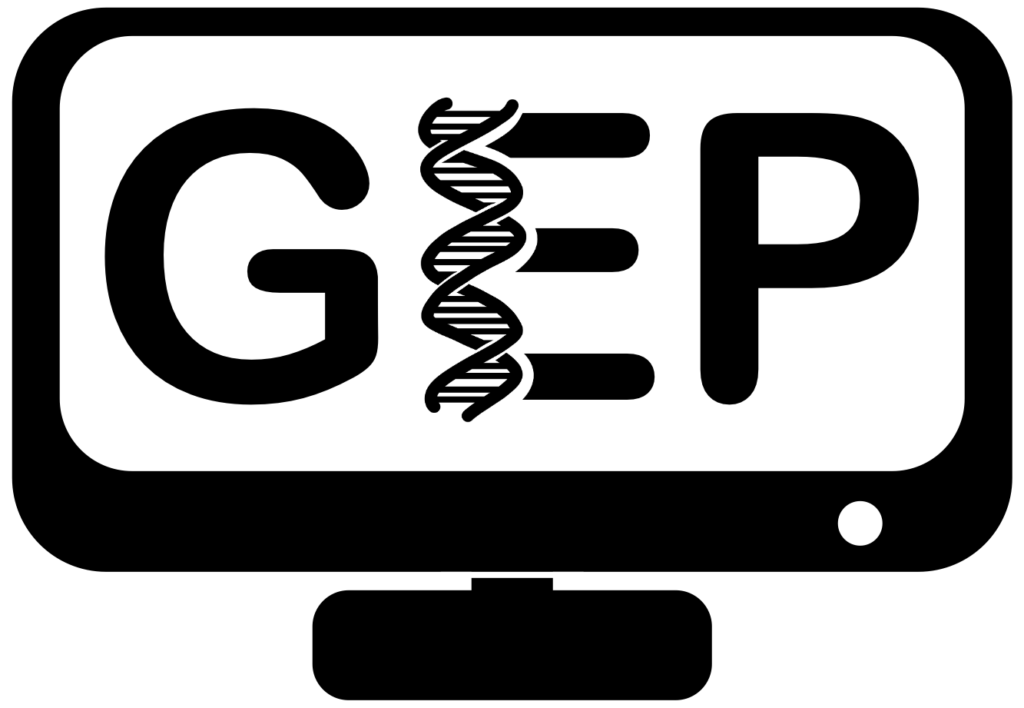Developed by Dr. Ken Saville (Albion College) and Dr. Gerard McNeil (York College, City University of New York), this walkthrough provides a comprehensive overview of the entire GEP gene annotation process. This walkthrough includes a brief description of the research problem and step-by-step instructions on how to use the UCSC Genome Browser, FlyBase, the Gene Record Finder and NCBI BLAST to investigate a feature in a Drosophila erecta Muller F element annotation project. The walkthrough then shows how students can use the Gene Model Checker to verify a gene model; it also includes a sample GEP Annotation Report.
